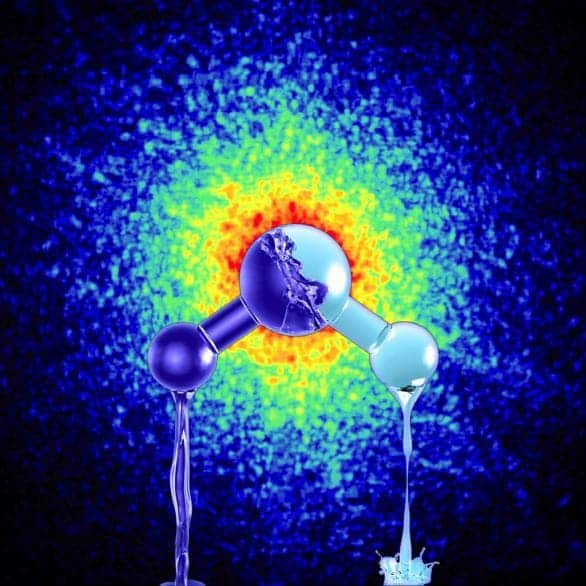No matter how you look at it, water never ceases to surprise us.

At a first glance, there’s nothing special about water. It’s a simple, almost ordinary substance, which you can find in many places — both on Earth and outside. But even disregarding the fact that water supports all life as we know it, it has some pretty intriguing physical properties. Its melting point, density, and heat capacity, for instance, are all anomalous and all in all, water has almost 70 counterintuitive properties. Well, you can add one more to that list. Under specific conditions, it seems there are two kinds of water in terms of density and overall structure.
“The new remarkable property is that we find that water can exist as two different liquids at low temperatures where ice crystallization is slow”, says Anders Nilsson, professor in Chemical Physics at Stockholm University.
Nilsson and his colleagues used a variety of X-ray studies to detail how water behaves when the temperature goes lower and lower. You’d think that water just crystallizes into ice, but actually, ice in our solar system is often an amorphous mass without any crystals. In this form, researchers showed, water can behave in two different ways, as if there were two kinds of water — one with a higher density, and one with a lower density.
“It is very exciting to be able to use X-rays to determine the relative positions between the molecules at different times”, says Fivos Perakis, postdoc at Stockholm University with a background in ultrafast optical spectroscopy. “We have in particular been able to follow the transformation of the sample at low temperatures between the two phases and demonstrated that there is diffusion as is typical for liquids”.
As surprising as it might seem, researchers weren’t completely taken aback by this finding. In fact, the pioneer of X-ray studies, Wolfgang Röntgen, himself speculated that water can exist in two different forms, and this interplay of forms is what gives water its unique properties — as if the two types of water can’t get along or settle things one way. This could actually affect water’s properties at room temperature.
“The new results give very strong support to a picture where water at room temperature can’t decide in which of the two forms it should be, high or low density, which results in local fluctuations between the two”, says Lars G.M. Pettersson, professor in Theoretical Chemical Physics at Stockholm University. In a nutshell: Water is not a complicated liquid, but two simple liquids with a complicated relationship.
The recently published study by Fivos Perakis and Katrin Amann-Winkel et al. can be found here: https:/






